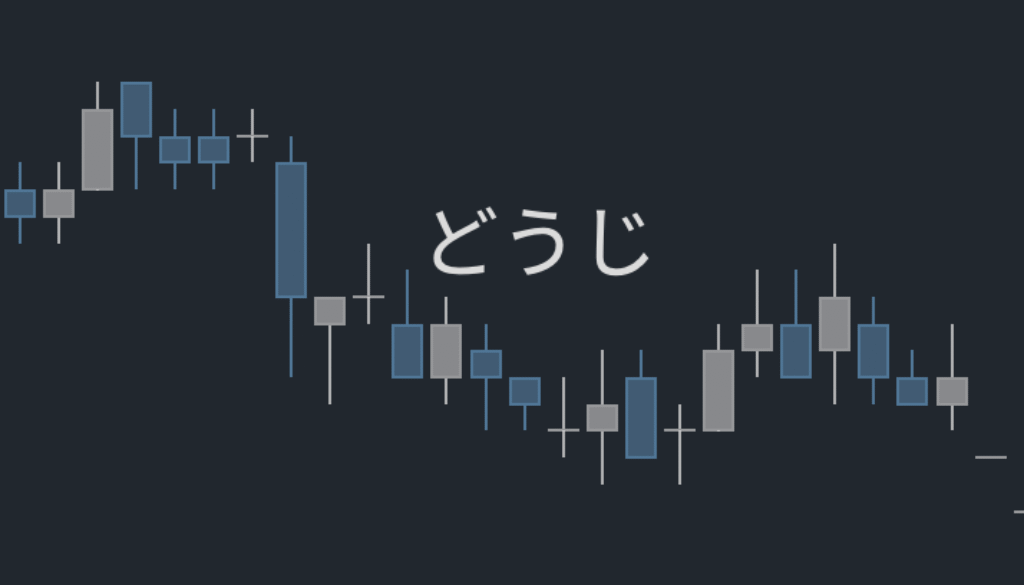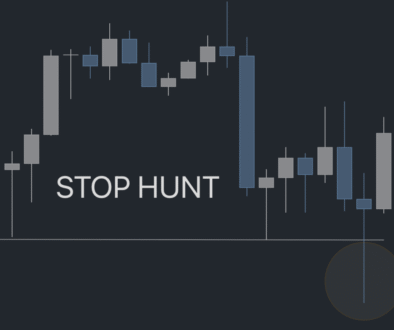Doji Candles
Let’s Talk About Doji Candles
— The “Pause” Button of the Market
Hey there, trader friends!
Ever stared at a candlestick chart and spotted a candle that looks like a plus sign, a cross, or something in between — with almost no body at all? That little guy is called a Doji, and it can actually tell you a lot about what the market might be thinking.
In this post, I’m going to walk you through:
What a Doji candle is
Why it matters
All the different types of Doji
A few tips on how to use them in your trading
Let’s jump in!
So, What Is a Doji?
A Doji candlestick happens when the opening and closing prices are nearly the same. That means during the entire session, buyers and sellers battled it out, but in the end — nobody really won.
It’s like the market saying,
“Uhh… I’m not sure where to go next.”
That’s why Dojis often signal indecision — and sometimes a possible reversal is coming.
Why Dojis Matter
Dojis are important because they often show up at key points:
After a strong uptrend, a Doji might hint that the bulls are running out of steam.
After a big downtrend, it might show the bears are getting tired.
But remember:
A Doji is not a buy or sell signal on its own.
It’s a clue — and like any clue, it works best when combined with other indicators like trendlines, RSI, or volume.
Types of Doji Candles
Yep, there’s more than one kind of Doji! Let’s take a look at the different types and what each one is trying to tell you.
1. Standard Doji – +
Looks like a clean plus sign.
Meaning:
Indecision. Simple as that. Buyers and sellers are equally matched.
Tip: Look for it after a strong trend — it could be a turning point!
2. Long-Legged Doji – + (with very long shadows)
This one has long upper and lower wicks — the price moved a lot during the session but still closed near the open.
Meaning:
Extreme indecision or confusion. Lots of volatility, but no winner.
Tip: Use with volume or RSI for confirmation.
Dragonfly Doji – T
No upper shadow, long lower shadow. Imagine the candle is hanging by its nose.
Meaning:
Buyers stepped in and pushed the price back up. Could signal a bullish reversal.
Tip: Stronger when it appears after a downtrend.
4. Gravestone Doji – ⊥
No lower shadow, long upper shadow. Looks like it’s balancing on its base.
Meaning:
Sellers took control by the end. Possible bearish reversal.
Tip: Look for it at the top of an uptrend.
5. Four Price Doji – –
This one is super rare. All four prices (open, high, low, close) are exactly the same. Just a flat dash.
Meaning:
No movement at all. The market basically took a nap.
Tip: Usually appears in illiquid or low-volume markets.
Final Thoughts
Dojis are like the market saying:
“Let me think about this…”
They’re not magic signals, but they can give you great hints about what’s coming next. Use them alongside your favorite indicators, and you’ll start noticing them more and more.





